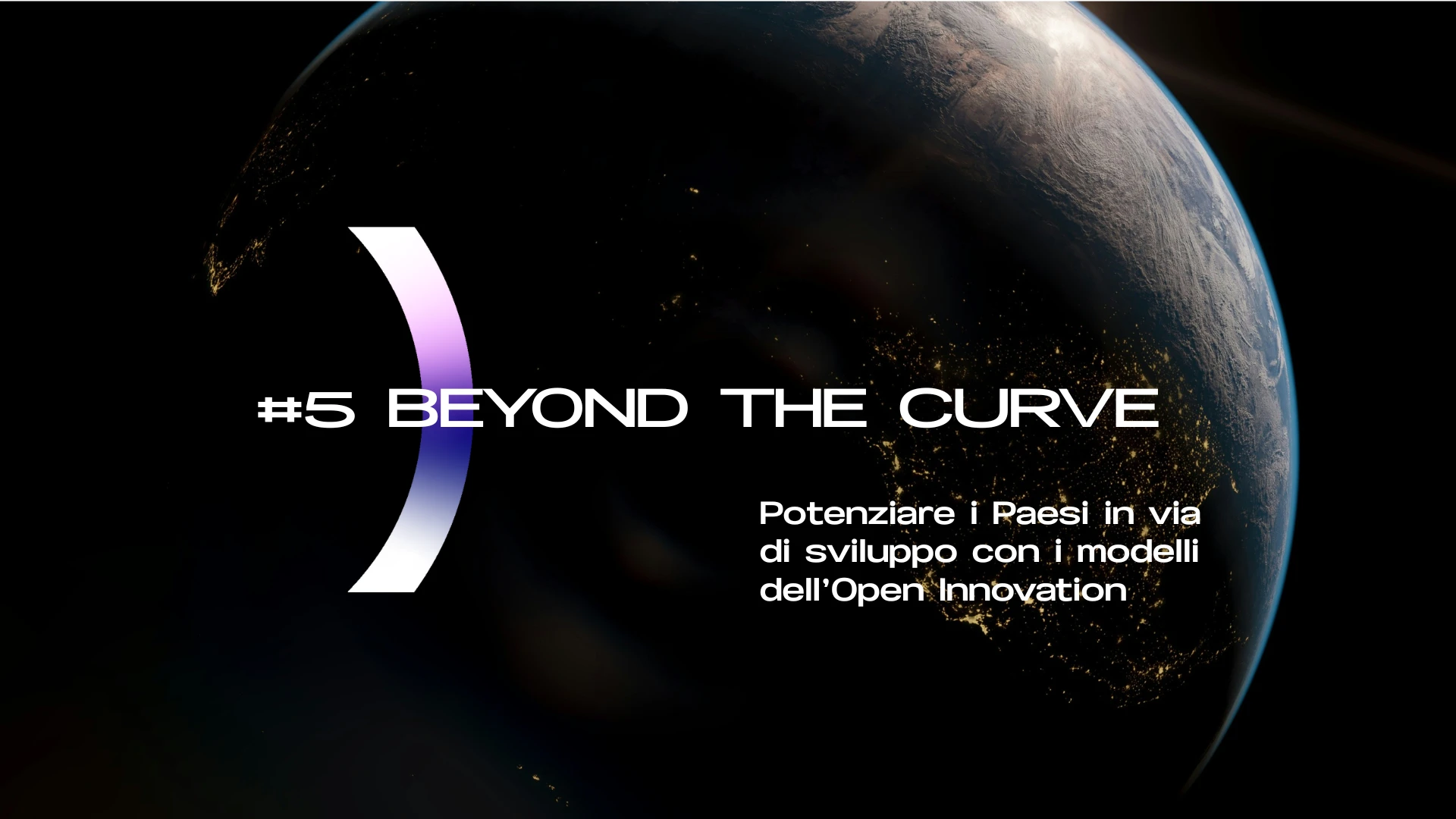


.
.
.
.
.
.
.
.
.
“A paradigm shift is underway in the field of development cooperation. Innovation is no longer optional; it's essential to fast-track high-impact goals on a global scale. To tackle today’s complex challenges, we need to test pilot approaches, forge new partnerships, and maximize the effectiveness and sustainability of local interventions. The key? Iterative methods and startup-inspired business models.” @Martina Carpani, Innovation Project Manager, Save the Children Italia
What do a startup accelerator in Iraq and a dialect-translating chatbot in a Greek refugee camp have in common? They both demonstrate that in fragile settings, innovation can act as a powerful impact multiplier.
In the past year, the momentum has surged, and innovation is making its way into international development, a sector long considered resistant to disruption. A few key examples signal a transformative shift now fully underway:
• In-house innovation units. The World Food Programme has activated 20 Innovation Units and a network of 500+ Innovation Champions across 165 field offices, fast-tracking locally-born solutions. (Source: WFP Innovation Year in Review 2024).
• Open finance. In FY2024, the World Bank mobilized $10.6 billion through Trust and Financial Intermediary Funds to pilot innovative responses in health, climate, and food security. (Source: World Bank Trust Fund Annual Report 2024).
• Strategic partnerships. UNICEF and Microsoft’s Passport to Earning platform has already upskilled over 2 million young people with market-ready digital competencies. (Source: UNICEF & Microsoft – Generation Unlimited Fact Sheet 2024).
• Global experimentation labs. The UNDP Accelerator Labs network includes 91 labs across 115 countries, with 270+ innovators testing grassroots solutions aligned with the SDGs. (Source: UNDP Accelerator Labs Overview 2024).
For NGOs operating on the front lines, the stakes are high: reducing time-to-impact, scaling solutions affordably, and attracting private capital. But cultural, financial, and structural challenges often block the runway.
So what does it take to design an innovation system that works not just in Iraq, but also in Somalia?
Before deploying best practices in Open Innovation, organizations must first confront three systemic barriers that can derail long-term impact: finance, cultural dynamics, and sustainability.
Rethinking Finance: NGOs often operate in resource-constrained, bureaucratic, and unpredictable environments. Innovation, by contrast, demands upfront investment and agile fund management. That means moving beyond traditional grant cycles and tapping into blended finance models, combining public, private, and philanthropic capital, as well as impact investing, where measurable outcomes and financial returns go hand in hand. Building new financial architectures is key to sustaining long-term innovation.
Navigating Cultural Complexity: Innovation isn’t just about deploying tech, it’s about shifting mindsets. Resistance to change and cultural mismatches can sabotage even the most well-intentioned ideas. That’s where participatory design becomes mission-critical. By involving local communities from day one, NGOs ensure solutions are context-aware, culturally aligned, and rooted in actual needs, not external assumptions.
Designing for Sustainability: Impact innovation must be built to last. This means moving beyond short-term pilots to launch financially viable business models that can self-sustain or be replicated without perpetual external funding. Achieving this in low-income markets requires breaking free from Eurocentric market logic and embracing hyper-local realities.
Innovation isn’t just about deploying tech, it’s about shifting mindsets.
When innovation is co-created with communities and backed by viable funding models, even the most complex ecosystems can unlock real progress:
- Local innovation ecosystems. By engaging universities, industry bodies, ministries, and innovation hubs, programs can catalyze stable and collaborative environments for long-term transformation.
- Tech-enabled inclusion. Digital platforms and flexible learning formats expand access to education in remote or high-volatility areas.
- Startup acceleration. Supporting the growth of local startups and micro-enterprises, with the right-fit tech, generates jobs, strengthens value chains, and distributes new wealth.
What began within UN agencies and multilateral institutions is now scaling fast across the broader NGO landscape. Increasingly, local organizations are prototyping innovation-driven field interventions, drawing in new interest from donors and partners alike.
A concrete example is Scaling the Social Enterprise, a program by Save the Children Italia in partnership with Zest.
The model: A network of early childhood centers run as social enterprises, embedded in Save the Children Italia’s ecosystem. Services are offered at affordable rates to vulnerable families. Revenues are reinvested for impact, leveraging the NGO’s governance, international networks, and technical know-how to scale sustainably and transparently.
The goal: Validate the business model, upskill staff and women entrepreneurs using startup methodologies, expand the network while maintaining quality standards, and prepare the model for international replication in diverse local contexts.
The context: Urban peripheries and vulnerable settlements where education, income, and infrastructure are lacking. Here, NGOs, local authorities, and private actors collaborate in a hybrid model that fills service gaps, builds social capital, and seeds community resilience.
In today’s development landscape, innovation isn’t a luxury; it’s a systemic necessity. But innovation doesn’t just mean introducing technology to fragile contexts. It means recognizing that those contexts, when understood and empowered, are raw engines of innovation in their own right. The paradigm shift is clear: NGOs are no longer just implementers. They are ecosystem architects.
The experience of Save the Children Italia illustrates this evolution, a hybrid, co-designed, and scalable model that blends social entrepreneurship, strategic partnerships, and the principles of Open Innovation. In this new vision, the NGO is not a “channel,” but an enabling infrastructure for local startups, grassroots innovators, learning networks, and alternative service models.
But innovation, to be real, must scale beyond pilots and survive beyond the press release. It demands patience, iteration, capital, and long-range vision. It means building in unstructured environments, generating shared value without conventional markets, and fostering trust where trust is absent.
Ultimately, innovation in fragile contexts isn’t about technology; it’s about equity. It’s the radical idea that even those at the margins deserve the tools to shape their future. If the future is to be built together, then cooperation must start working like a startup: iterative, open, rooted, and above all, bold.